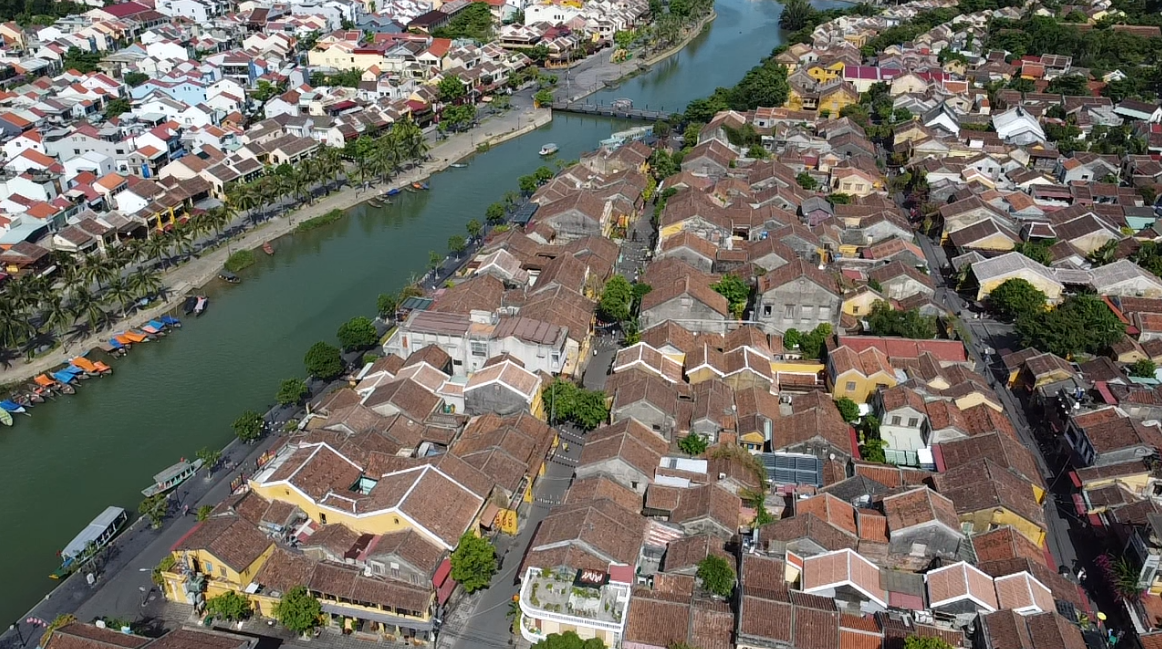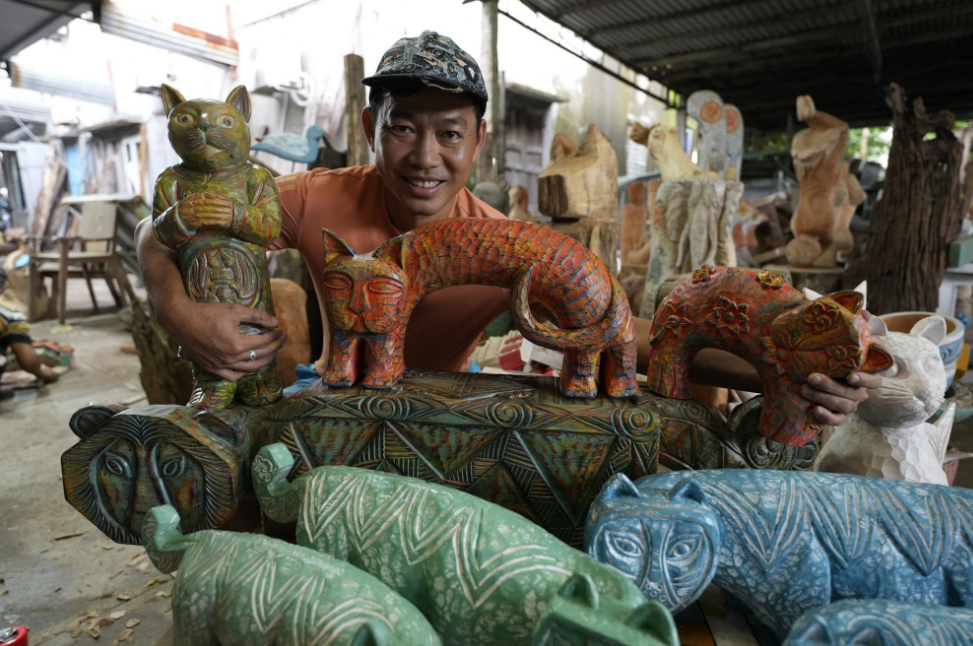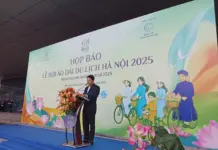The UNESCO Creative Cities Network (UCCN) welcomed two new members on World Cities Day (October 31).
Da Lat has become a member of UCCN for music, according to an announcement from UNESCO. Hoi An, on the other hand, has been recognized as a global creative city for crafts and folk art.
This designation acknowledges the strong commitment of Da Lat and Hoi An to utilizing culture and creativity as part of their development strategies, as well as their innovative practices in human-centered urban planning. These two cities were among the 55 new cities added to UNESCO’s network by director-general Audrey Azoulay.
Hanoi became a member of the UNESCO Creative Cities Network in 2019 as a creative city of design.
The Hoi An People’s Committee is currently awaiting an official letter from UNESCO. The city is honored to join the UCCN, according to a representative.
UNESCO officially announced the new UCCN members, including Da Lat and Hoi An, on its website at 4:00 pm on Tuesday.
Hoi An City is home to five traditional craft villages, with around 50 different crafts such as pottery, carpentry, lantern-making, and tailoring.
According to UNESCO’s evaluation, the city’s robust ecosystem of crafts, combined with the residents’ customs, has contributed to the development of various forms of folk art, including traditional singing styles like “ho khoan,” diversified art forms like “bai choi,” and classical Vietnamese opera called “hat boi.”
|
|
| Artisan Le Ngoc Thuan, owner of a carpentry workshop in Hoi An City, shows his collection of wooden cats. Photo: B.D. / Tuoi Tre |
Hoi An is home to 658 small enterprises and 1,710 business households engaged in crafts and folk art. These industries provide jobs for approximately 4,000 workers who earn an annual income of USD 3,500-4,000.
Joining the UNESCO Creative Cities Network enables Hoi An to promote its cultural heritage and engage with an international audience.
According to the city’s representative, Hoi An, as a global creative city, will leverage this status to stimulate cultural preservation and foster its overall development.
The UNESCO Creative Cities Network, established in 2004, aims to enhance cooperation between certified cities in order to promote sustainable development in the economy, society, and environment.
With these new additions, the network now includes 350 cities from over a hundred countries, representing seven creative fields: crafts and folk art, design, film, gastronomy, literature, media arts, and music.
Legendary Lang Biang
In June 2015, at the 27th Session of the International Coordinating Council of UNESCO’s Man and Biosphere Program (ICC-MAB) held in Paris, the Lang Biang Natural Reserve in Vietnam’s Central Highlands Lam Dong Province has been recognised as a UNESCO Biosphere Reserve. Lang Biang Reserve has retained its values of bio-diversity on a global scale, with the natural scenery mixed in harmony with local cultural features. It has contributed to forming and developing Da Lat to become a city of tourism and an international research centre on tropical forest.










